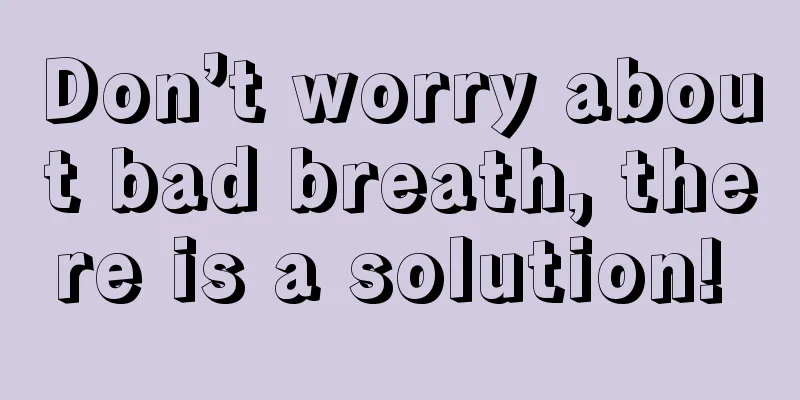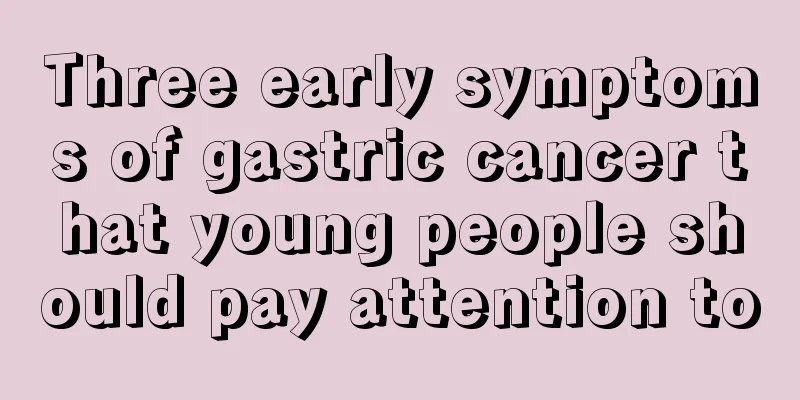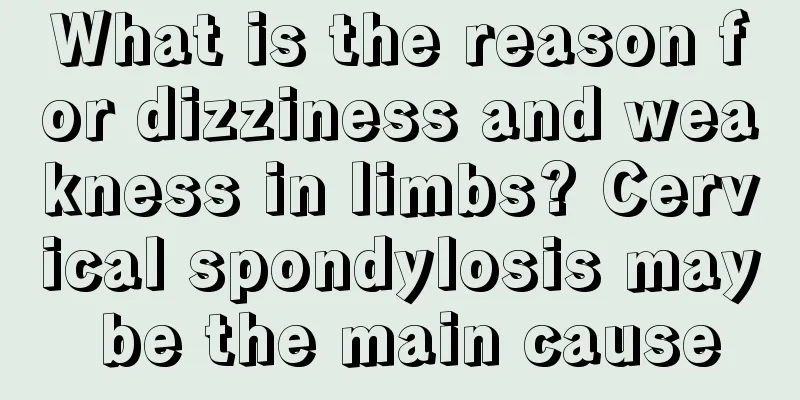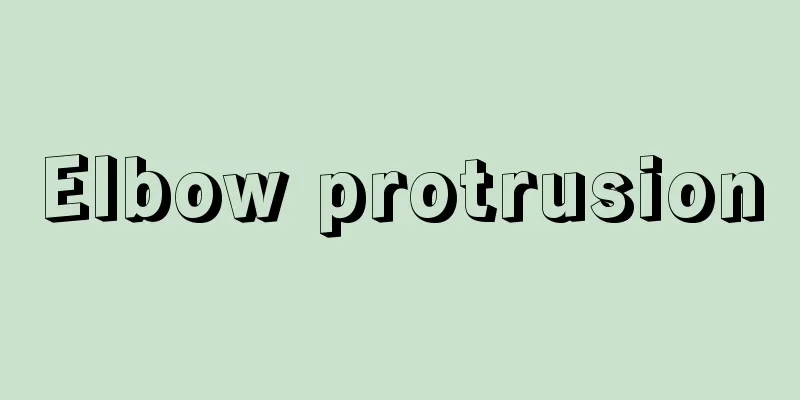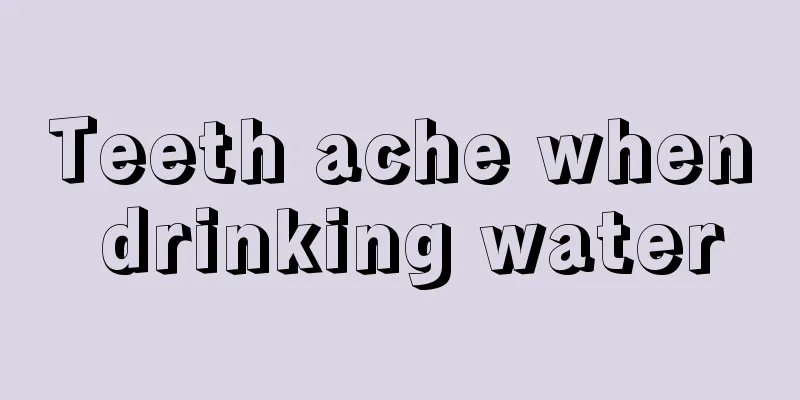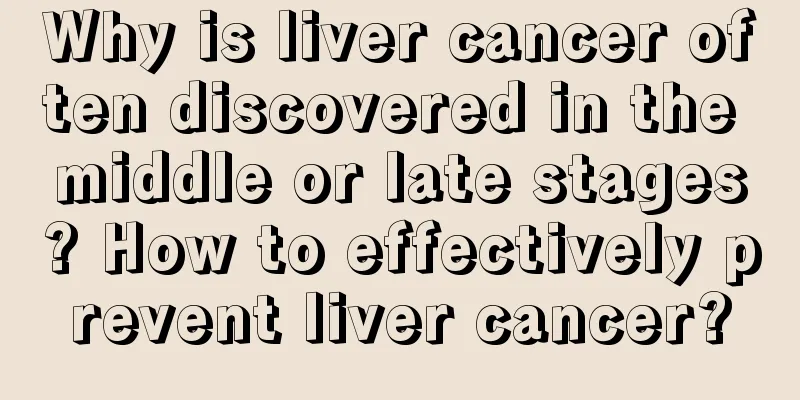Where is fat digested?
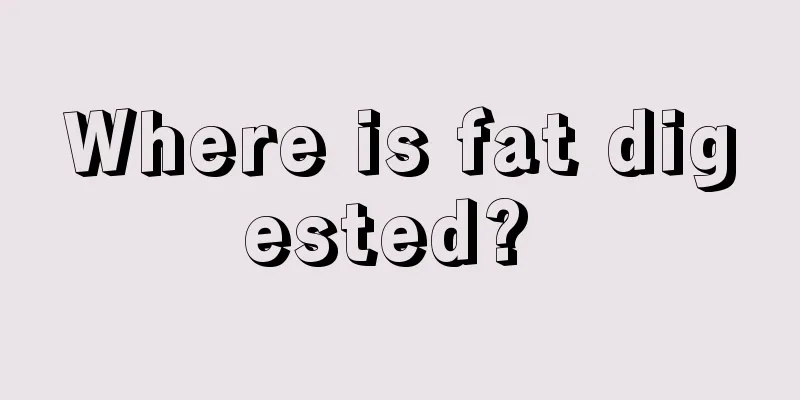
|
People who are obviously overweight can be seen everywhere in our daily life. Fat accumulates in many parts of the human body. For example, people with a big belly will have a lot of fat accumulated in the abdomen. In addition, it is easy for people to have too much fat in their thighs, arms and other parts of the body. Because of this, fat reduction is a very popular topic nowadays. The majority of people who want to lose weight must learn more about the relevant knowledge of weight loss. So where is the fat in the human body digested? Where is fat digested? In this case, fat absorption occurs in the small intestine, mainly the jejunum. The large intestine and the stomach do not absorb fat. Because there is no enzyme in the stomach to absorb fat. The absorption of fat depends on the emulsification of fat by bile and the catalysis of pancreatic lipase, and both of these substances are discharged into the duodenum through the descending duodenum. Therefore, fat digestion and absorption mainly depends on the jejunum. Fat itself must be broken down and metabolized in the human body to generate heat. In the gastrointestinal tract, it is simply transported and the fat itself is absorbed from the digestive tract into the blood. No decomposition occurs and no heat is absorbed. The digestion process of the three major nutrients, protein, starch and fat, is as follows: the digestion of starch starts in the mouth. The salivary amylase in the mouth can break down part of the starch into maltose. When starch and maltose enter the small intestine, the pancreatic juice and intestinal juice in the small intestine contain enzymes that digest carbohydrates. Therefore, carbohydrates such as starch are completely digested into glucose in the small intestine; the digestion of protein starts in the stomach. When the protein in the food enters the stomach, it is initially digested under the action of gastric juice and then enters the small intestine. The pancreatic juice and intestinal juice in the small intestine contain enzymes that digest protein. Under the action of these enzymes, the protein is completely digested into amino acids; the digestion of fat begins in the small intestine. The pancreatic juice and intestinal juice in the small intestine contain enzymes that digest fat. At the same time, the bile secreted by the liver also enters the small intestine. Although bile does not contain digestive enzymes, it has an emulsifying effect on fat, turning fat into tiny particles, increasing the contact area between fat and digestive enzymes, and is beneficial to the digestion of fat. Fat is completely broken down into glycerol and fatty acids under the action of these digestive juices. That is, the initial digestion sites of starch, fat and protein are the mouth, small intestine and stomach. The digestion of lipids begins with the secretion of pancreatic lipase. Increased lipid content can stimulate the duodenal mucosal cells to release cholecystokinin (CCK). CCK mainly promotes the release of pancreatic lipase and the secretion of bile. Bile is an emulsifier that aids lipolysis. The monoglycerides and fatty acids after the decomposition of triglycerides mix with bile to form micelles. Microparticles can more easily pass through the aqueous medium on the brush border surface of the small intestine, making absorption more complete. After reaching the apical membrane, the contents of the micelles enter the human cells by simple diffusion, and the micelles return to the intestinal lumen to be recycled. Short-chain and medium-chain fatty acids and glycerol can be directly absorbed by mucosal cells and transported to the portal circulation. Phospholipids are absorbed in a similar manner to triglycerides. Cholesterol can also be directly absorbed by mucosal cells. 90% of the bile secreted into the intestine is reabsorbed in the distal small intestine and returned to the liver with the portal vein blood flow. |
<<: What kind of pot is good for cooking
>>: How to make egg and olive oil mask
Recommend
Body aches and low fever, timely treatment is the key
Some people sometimes go home after a day's w...
What kind of tumor is nasal bone tumor?
Nasal osteoma is a benign bone tumor that usually...
What are the signs of brain cancer
Precursors of brain cancer may include symptoms s...
What to do if acne appears on the chin
Many female friends who love beauty will find tha...
How to recuperate after prostate cancer surgery
Prostate cancer is a common tumor disease in men....
Four major symptoms help you detect ovarian cancer early
Gynecological cancer, especially ovarian cancer, ...
How to choose a traditional Chinese medicine hospital for the treatment of small cell lung cancer
Many lung cancer patients seek medical treatment ...
What will happen if filiform warts are not treated? There are so many dangers
Filiform warts are a highly contagious skin disea...
Is it better to take vitamin B6 before or after meals?
Vitamin B6 is an essential trace element in the b...
The relationship between pulse and heart rate
Heart rate refers to the frequency of heartbeats,...
How to tighten facial muscles
The facial muscles of young women are very tight ...
How to wash yellow stains on underwear
Underwear is our most important underwear and pla...
Can otitis media cause headaches?
Speaking of otitis media, it usually occurs in ch...
What health care knowledge is there for cervical cancer
Cervical cancer is one of the most common maligna...
Can small cell lung cancer be cured by taking medicine?
Can small cell lung cancer be treated with medici...

